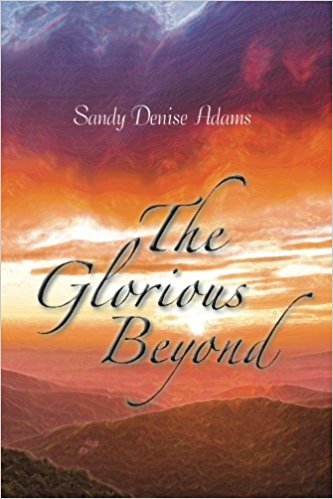The novella begins three days after Kim Stone Jackson returned from a weekend getaway with her friend, Sharon, to discover her husband shot to death, apparently by someone who broke into their home. She grapples as best she can with well-meaning neighbors, police inquiries, hostile in-laws, and funeral preparations, but she is devastated and barely able to function. She remembers her childhood in West Baltimore; when she was six, she met Sharon, a girl her age who had come to live next door to Kim with her grandmother after her parents’ divorce. The two become inseparable best friends and eventually head to college together–not the predominantly black college where Kim’s father is a philosophy professor, but another college in Maryland that is predominately white. There, Kim meets Kevin, an attractive and charming black transfer student who captures her heart.
Kim and Kevin eventually marry and begin successful careers. Kim’s close friendship with Sharon continues, although Sharon never seems truly fond of Kevin. Kim also realizes that her beloved father isn’t on very close terms with her husband, either. Kim takes Sharon with her to a support group she joins; Kim finds it helps her process her grief and eventually feel stronger, but the experience also leads to her learning secrets about many of the people in her life.
In an almost incidental way, THE GLORIOUS BEYOND is a murder mystery, and the reader does find out who the murderer is by the end of the book, but, although the mystery and its conclusion are satisfying and believable, the story is more centrally about the process Kim goes through.
Adams’ writing is skillful, in her character portrayals, the dialog, and descriptions. Perhaps the group grief counseling is a little facile in helping Kim, but time is a factor as well, and her state by the end of the novella is a believable one–better, not perfect.
The book has a few minor editing misses, but these are brief distractions from the story. For example, “she peaks around the vase” should be “she peeks . . .” and “more toys and lower prices was a good thing” should be ” . . . were good things.” In general, though, the writing seamlessly creates scenes and emotions without drawing attention to itself, so that the story speaks to the reader.
~Elizabeth Jewell for IndieReader

